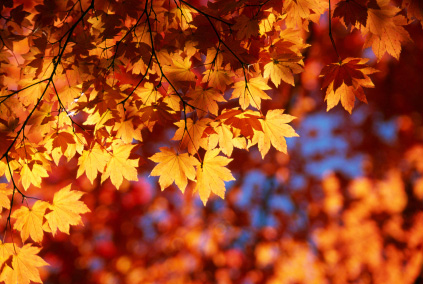LED Bulbs Add A Warm Glow To Winter Evenings
Posted by Amit Soni on 10th Oct 2011
 As the seasons pass, spring into summer, on through autumn and transform inexorably into winter, we inevitably begin to think about staying warm and, as the clocks go back, we start switching our lights on earlier and earlier every day.
As the seasons pass, spring into summer, on through autumn and transform inexorably into winter, we inevitably begin to think about staying warm and, as the clocks go back, we start switching our lights on earlier and earlier every day.
Electricity Price Hikes
Electricity charges have risen steadily since the industry was privatised in 1991 and, thanks to the escalating costs of the diminishing reserves of gas and other fuels used to produce it, we can’t realistically expect prices to fall again anytime soon.
Stunning information from the Citizens’ Advice Bureau suggests that energy prices are rising at up to eight times the rate of earnings, and that the big six suppliers have increased their prices by an unbelievable 37% since October 2010, in comparison to the 4.4% rise in earnings during the period.
Here in the UK we have an aging population, and increasing fuel bills hit our pensioners hard when temperatures drop, even with the annual Winter Fuel Payment taken into account. So, it’s very important to make savings wherever you can.
This can mean literally anything, from putting on an extra layer of clothing to simply turning down the heating.
One area in which you’ll definitely be able to save, however, is by switching your lighting sources from traditionally wasteful incandescent and fluorescent lights to cost-effective, energy-saving LED bulbs.
Energy Efficient
Bulbs like the Dimmable E27 OMNI-LED, Clear Globe are 90% more energy-efficient than their old-fashioned counterparts, requiring just 6 watts to provide exactly the same number of lumens as a 60 watt incandescent bulb.
Therefore, if you were to replace just 10 like-for-like incandescent bulbs with LEDs in your home, based on a 10 hour working day, and at 15 pence per kWh (kilowatts per hour), you’d be looking at an annual saving of around £295.65.
That’s almost £300 pounds a year saved on lighting alone, just by replacing 10 bulbs!
Long-Lasting
By switching to LEDs, you’ll also save an enormous amount on replacements. They have an expected lifespan of more than 50,000 hours, in comparison with the tiny 1,200 of incandescent.
This means you’ll only have to replace your LED bulb every 17.12 years, as opposed to the 7.3 times a year with the incandescent bulb.
Therefore, the true cost of each type bulb should be judged, not by its initial price, but over its lifetime.
Durable
This simple table illustrates the comparative durability of LEDs and Incandescent bulbs:
| Factors Affecting Durability | LEDs | Incandescent Bulbs |
| Temperature Sensitive? | No | Yes |
| Humidity Sensitive? | No | Yes |
| Decrease in Effectiveness Due to On/Off Cycling? | No | Yes |
| Instantaneous Light? | Yes | Yes |
| Physical Durability | Extremely durable – can handle jarring and bumping | Not very durable as filament can easily break |
Safety And Environmental Factors
As regards the relative safety of LED bulbs, the Lighting Industry Association states, “Not only do LEDs contain no mercury, but their minimal size, low energy consumption and long life means they are more environmentally-friendly than virtually any other type of light source.”
The organisation goes on to say, “The fact that the bulbs do not generate significant amounts of heat is also beneficial from a health and safety perspective. This may be desired if table lamps are accessible to children or pets for instance.”
Compatible
LED bulbs come in a variety of common household fittings including B22, E27, MR16 and GU10, so they’ll be perfect for retrofitting, and a hassle-free switchover from your existing bulbs is all that’s required. You’ll also find that the size and shape of LED bulbs won't act as a hindrance.
So, if you’d appreciate a stress-free transition from autumn into winter, without the usual concerns over the price of energy, switch to LED lights, because it won’t just be this year that you’ll benefit!





